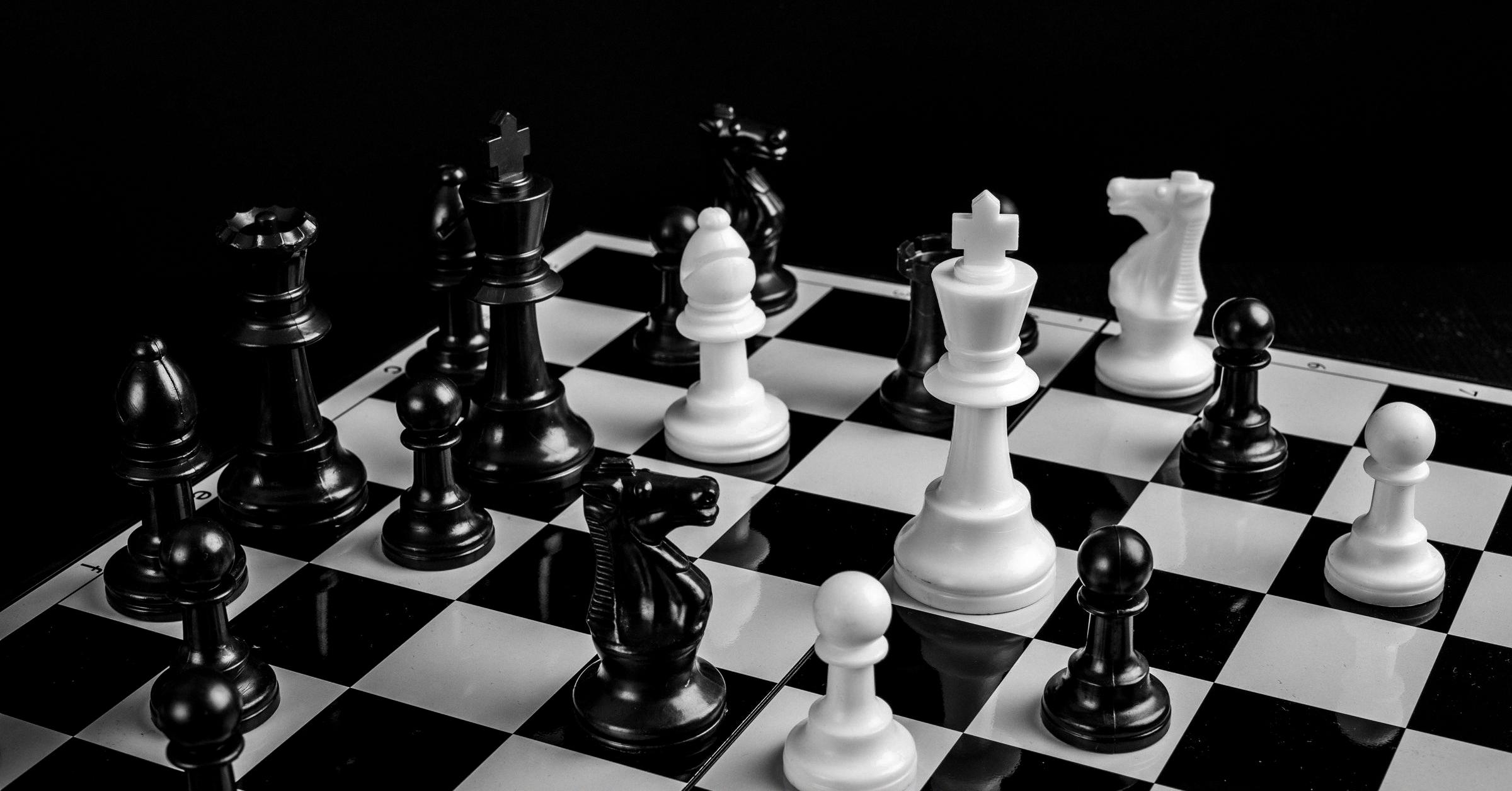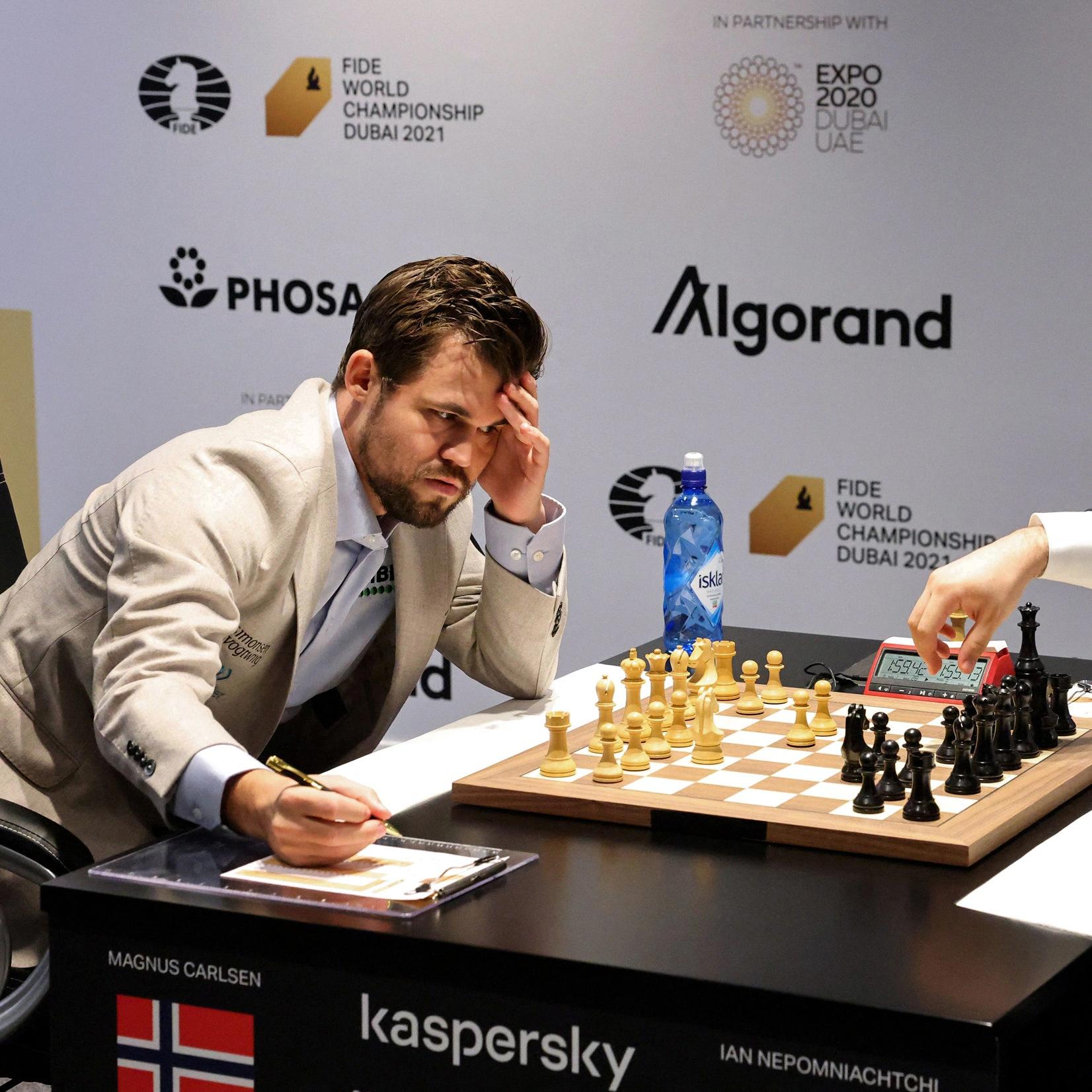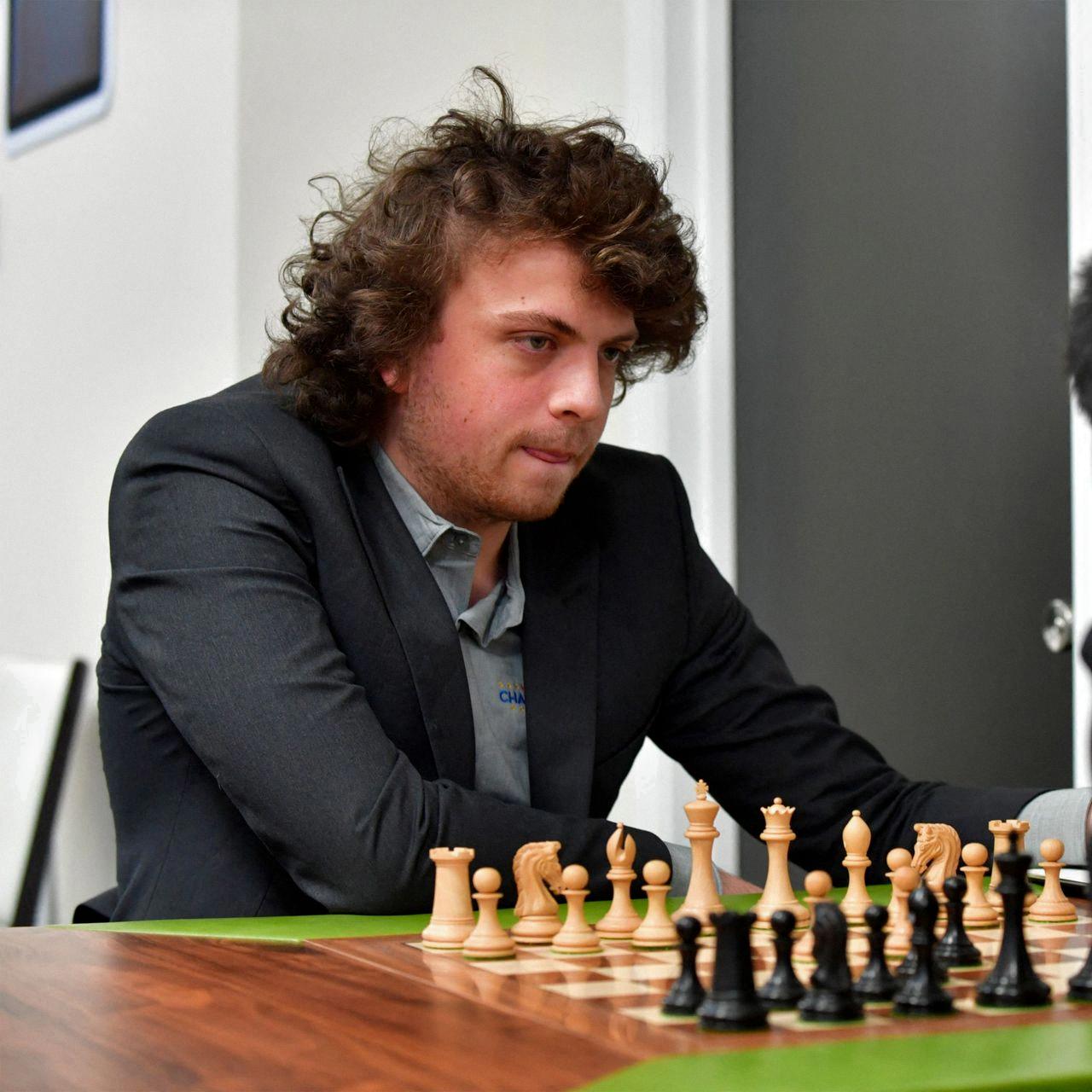Chess is a game of strategy and tactics, requiring skill and foresight to be successful. The rules of the game are simple yet incredibly nuanced, and the consequences for making an illegal move can be severe. Unfortunately, even the most experienced players can make mistakes when it coes to chess etiquette and the rules of play. Understanding what constitutes an illegal move is essential for avoiding costly penalties during a game.
An illegal chess move is any action that breaks the rules of gameplay as outlined by FIDE (World Chess Federation). These rules include: not making a move that leaves your king in check, not jumping pieces with your bishop, and not moving a knight more than two squares in one turn. While these may seem like simple guidelines to follow, they’re actually quite complex and require careful consideration when making moves on the board.
The consequences for making an illegal move are dependent on the severity of the infraction as well as whether or not it was intentional. For minor violations such as moving pieces out of order or forgetting to hit the clock after making a move, there may be no penalty at all; however, if a player makes two illegal moves in succession or three total during a single game, then their opponent will be awarded two minutes of extra time each time as well as having their opponent forfeit if they make another illegal move.
It’s important to note that while these penalties are in place to discourage cheating or unsportsmanlike behavior during games, they also serve to protect players from themselves. By understanding what counts as an illegal move and taking care when playing, you can avoid unnecessary penalties that could cost you the game!
Illegal Moves in Chess
Yes, there are certain illegal moves in chess. These include making a move that puts or leaves the king in check, moving a piece to a square already occupied by another piece of the same colour, castling through check and promoting to any piece other than a queen. Some illegal moves may also involve moving a pawn more than two squares on its fist move or moving it to the same rank as an opposing pawn that has just made a double-step move. Additionally, making an illegal move can lead to the game being declared lost by the offending player as per Article 7.4.a of official FIDE rules.

Source: tryengineering.org
Number of Illegal Moves Allowed in Chess
In chess, the FIDE Laws of Chess apply even without a clock. As there is no clock it is neither rapid nor blitz. Therefore, as per the FIDE Laws of Chess, two illegal moves are allowed before a player loses the game. An illegal move is defined as any move that violates the rules of chess; for example, moving a piece onto an occupied square or putting your opponent’s king in check when it was not previously in check. After two illegal moves are made by one player, the game ends and their opponent wins.
Illegal Moves in Chess
A move in chess can be considered illegal if it does not abide by the rules of the game. For example, a player cannot make a move that places their own king in check, or fails to move a piece as it is specified by its type (e.g. pawns must move forward one square at a time, knights must make an L-shaped movement). Additionally, players are not allowed to make moves that would result in an illegal position, such as having more than one king on the board or having a pawn on the frst or last rank, which would prevent it from promoting. Finally, players are prohibited from making any moves that would cause them to repeat the same position three times in succession.
Illegal Positions in Chess
An illegal position in chess is any arrangement of pieces that does not adhere to the rules of the game. This includes having more than 8 pawns, having a pawn on the eighth rank, or having two kings on the board. It also includes other pieces being placed on squares whre they don’t belong, such as a rook on the first rank or a knight in between two pawns. These are examples of illegal positions and should be avoided when playing chess.
The Availability of Chess in Prisons
Yes, chess is now being introduced in prisons around the world and is being used to benefit inmates. Chess can be a great tool for inmates to learn strategy and problem-solving skills, as well as providng an enjoyable pastime that can help to alleviate boredom. It has been found to reduce aggression by giving inmates something constructive to focus on, while also helping them develop important life skills such as communication and decision making. In South Africa, Simosakhe Ngwane was introduced to chess while in prison and went on to become a chess master after his release. In addition, many countries are introducing chess into their educational systems as a way of teaching children critical thinking skills.

Source: wired.com
The Rarest Chess Move
The rarest move in chess is an underpromotion to a bishop. This occurs when a pawn reaches the eighth rank and instead of promoting to a queen, rook, or knight, the player chooses to promote to a bishop. While this is not as common as other promotions, it has been used in some famous games due to its potential for tactical play. The most famous example of an underpromotion to a bishop is the Saavedra study from 1839, in wich White sacrifices his rook and pawn and promotes his final pawn to a bishop in order to checkmate Black’s king. Underpromotions can also occur with knights; for example, there is an opening trap known as the Albin Countergambit in which White’s knight on c3 can be underpromoted to a bishop if Black takes it with his pawn on d5. While these moves are not seen every day, they can still be powerful tools for players looking for an edge in their games.
Is Sandbagging in Chess Illegal?
Yes, sandbagging is illegal in chess. Sandbagging is when a player deliberately underrates their playing strength in order to gain an unfair advantage over their opponents. This practice is not only cheating, but also unethical and goes aainst the spirit of the game. By disguising their true strength, sandbaggers can play lower-rated players and win by taking advantage of their inexperience or lack of knowledge of the game. This can be especially damaging in tournaments where the prizes are based on rating or performance. To prevent this type of cheating, chess organizations have strict rules against sandbagging and any players caught engaging in this practice will face disciplinary action.
Understanding Sigma Rule #3 in Chess
The Sigma Rule #3, sometimes referred to as the “Threefold Repetition Rule,” is a rule in the FIDE Laws of Chess that states that if the same position occurs at least three times during the course of a game, then the game is a draw. This means that if either player can demonstrate that the same position (meaning all pieces are in exactly the same configuration) has occurred three or more times during the game, then they can claim a draw. This rule is intended to prevent players from repeating moves indefinitely in order to achieve a draw.
The 75 Move Rule in Chess
The 75 move rule in chess is a rule put in place to prevent the game from becoming drawn out. It states that if there have been 75 moves made without either player making a pawn move or capturing an opposing piece, then the game is automatically considered a draw. The 75th move must be a checkmate in order for the game not to be considered a draw. This rule is enforced by the arbiter, meaning no claim needs to be made by either player for it to take effect.

Source: newyorker.com
The 25 Move Rule in Chess
Unfortunately, there is no such thing as the 25 move rule in chess. The original post likely referred to a situation where 25 moves had already been made since the last piece was taken, and thus it would be 50 moves since the last capture or pawn move. This is important because if a game reaches 50 moves without any capture or pawn move, then it is considered a stalemate and the game is a draw.
The 50-Move Rule in Chess
The 50-move rule in chess is a set of rules that govern how a game can be declared a draw. According to this rule, once 50 consecutive moves have been made by both sides without any pawn movement or capture taking place, either player may claim a draw. The rule was introduced as early as the 15th century in Italy, and has sice been used in almost all forms of competitive chess. This rule is important because it prevents players from relying on an unending series of moves to avoid defeat; if they are unable to make progress or find a decisive advantage within fifty moves, then the game is deemed to have reached a stalemate.
Understanding the Chess 40 Move Rule
The 40 move rule is a time control employed in chess competitions. After the first 40 moves (made by both players) have been completed, each player has an additional 60 minutes to make the next 20 moves of the game. After that, each player will have 15 minutes with an increment of 30 seconds per move for the remainder of the game. This rule is used in World Championship games to ensure that all competitors are given sufficient time to make their decisions and analyze the board.
What Does the Letter ‘F’ Represent in Chess?
F stands for “file” in chess. A file is one of the 8 horizontal rows on the chessboard, labeled with letters from a to h. Pieces can move along these files, and so when discussing moves, it is necessary to distinguish which piece is being moved by using the letter of its file. For example, if someone says “The rook on the f-file moves to d1,” they mean that the rook currently on the f-file (the fourth file from left to right) should move to square d1.

Source: wsj.com
The Existence of a 21-Move Rule in Chess
No, thre is no such thing as a 21 move rule in chess. In official matches and tournaments, the number of moves required to complete a game can vary greatly, depending on the players’ strategies and skill levels. Generally speaking, it is not uncommon for games to last 50 moves or more. Therefore, the notion of a 21 move rule is completely irrelevant.
Is Sacrificing the King in Chess Illegal?
No, it is not illegal to sacrifice your king in chess. This is because the king itself is not taken off the board when it is sacrificed. It simply moves to a square where it will not be captured by the opponent’s pieces. The purpose of sacrificing your king is to gain an advantageous position by giving up some material, either to attack the opponent’s pieces or to prevent them from attacking yours. As long as you are not putting your king in check or leaving it in check at any point, then you can make this move.
Conclusion
In conclusion, illegal chess moves are any moves that do not follow the rules of the game. If a player makes two illegal moves, the arbiter should give two minutes of extra time to his or her opponent. If a player makes a third illegal move, then the game is lost by that player. It is important to note that it is illegal to move one’s king into check, and that thee are only three ways to get out of check: moving the king to a square where it is not in check, capturing the checking piece (possibly with the king), or interposing another piece between the king and attacking piece.
